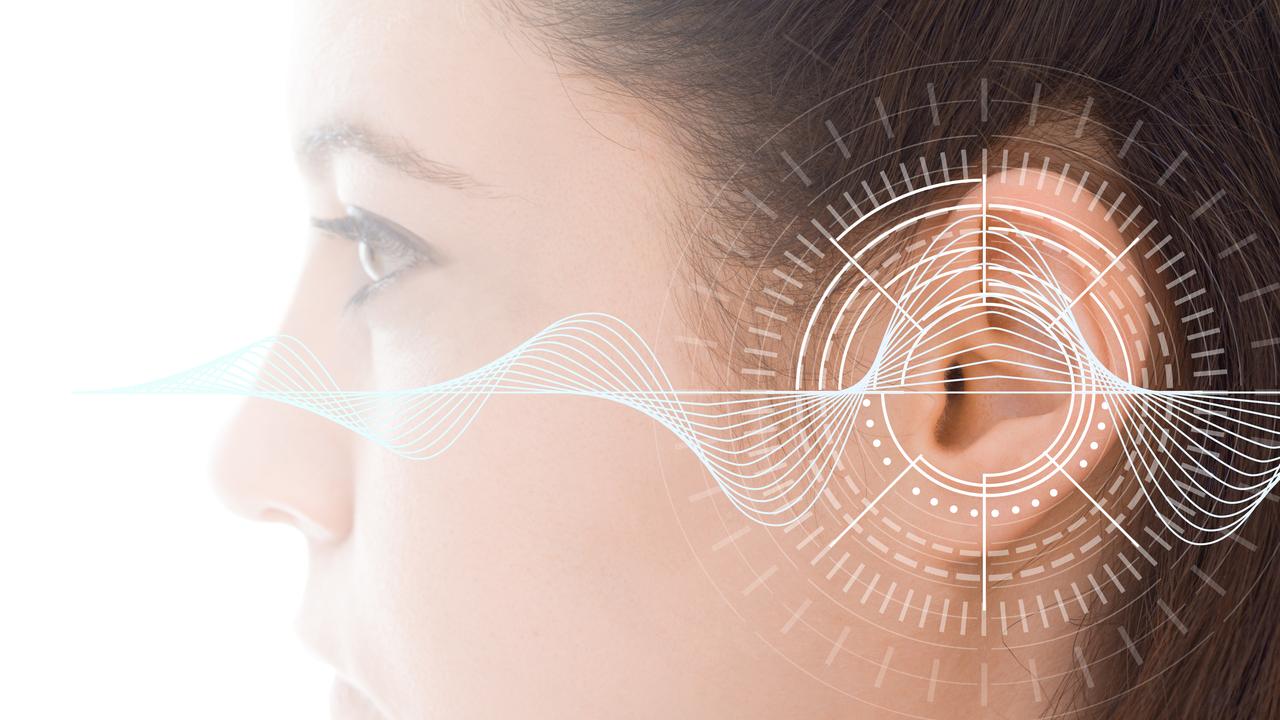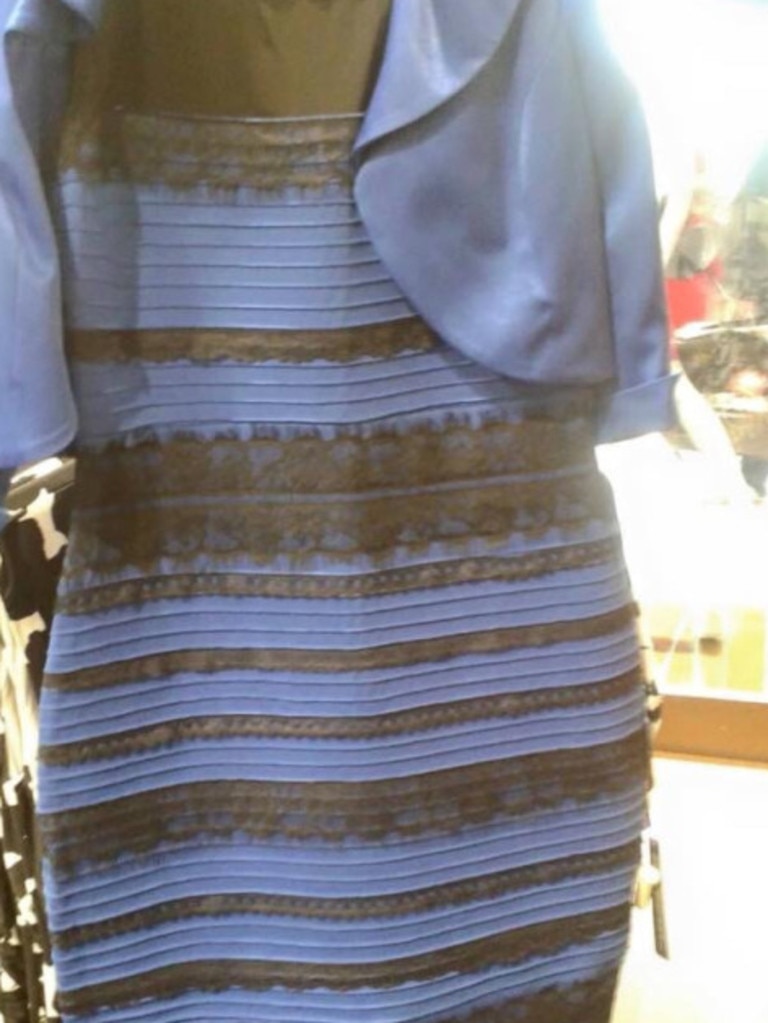Do you hear Yanny or Laurel in this audio clip that sent the internet into a spin?
It’s not as simple as hearing the right or wrong name on this social-media listening test that went viral. Which do you hear?

READING LEVEL: GREEN
Do you hear “Yanny” or “Laurel”?
An audio clip* divided the internet this week.
“What do you hear?!” asked American student and social-media star Cloe Feldman. “I hear Yanny.”
The clip, which 20-year-old Ms Feldman posted on social-media platform Twitter on Tuesday night was retweeted* more than 60,000 times in just 36 hours and more than 30,000 people commented.
The results were divided. About half of listeners were hearing “Laurel”, and the other half hearing what it actually says, which is “Yanny”.
According to Google search numbers “Laurel” was just a little ahead by Thursday.
The reason we all hear something different has a lot to do with hearing loss and how we hear sound.
Lars Riecke, a hearing and brain scientist at Maastricht University in the Netherlands, said that frequency was to blame. Frequency is how fast a sound wave vibrates. Higher frequency (faster vibration of sound through the air) means higher-pitched sound.
He said the sound information that makes us hear Yanny was higher frequency than the sound information that makes us hear Laurel.

As we get older we start to lose our hearing at the higher-frequency ranges. When that happens, we notice the lower-frequency sounds. Those with poor hearing are more likely to hear the sounds that sound like Laurel and not the sounds that sound like Yanny.
You can change how you hear the word by changing the pitch of the sound clip.
Other things that can affect which word you hear will be the quality of the speaker you listen on, whether you wear headphones or not and what your brain is expecting to hear.
The “Yanny” and “Laurel” internet debate* is similar to a worldwide dress-colour debate in February 2015.
The photo of a patterned dress appeared on social media and quickly went viral*. The striped dress was actually blue and black but many people saw it as white and gold. At its peak, the photo was being viewed 14,000 times a second.

Scientists later explained that how we judge the colour of something is more complex* than just seeing with our eyes. Our brains take the information from our eyes and interpret, or understand, the information, deciding what colour we’ll understand it to be, based on other things we can see at the same time (such as the background), things we’ve seen in the past and what we expect to see.
EXTRA READING
iPhone helps the deaf hear music
GLOSSARY
audio clip: sound recording
retweeted: shared on Twitter
debate: argue or argument
viral: was shared quickly and many times
complex: complicated
LISTEN TO TODAY’S STORY
QUICK QUIZ
1. Who first shared the audio clip?
2. Who is Lars Riecke?
3. What happens to our hearing as we get older?
4. Apart from hearing loss, what else affects how we hear the clip?
5. The dress appears to most people as one of two colour combinations. What are they?
CLASSROOM ACTIVITIES
Listen to the audio clip included with this article. What do you hear?
Lars Riecke, a hearing and brain specialist, said “frequency was to blame”.
In your own words, explain what was meant by this statement and how age plays a part.
Given this explanation, what would you predict the results would be?
— in a kindergarten or foundation level class?
— in a Year 5/6 class?
— among the staff at your school?
— in a retirement village?
Take a survey of your class, a much older or younger class, and the staff members at your school. For each group, tally the number of people who heard “Laurel” and the number that heard “Yanny”. Turn this number into a percentage. Use a bar graph to show your results.
Are they as you expected?
Time: Allow 60 minutes
Curriculum links: English, Mathematics (data representation and analysis), Science
Extension: Going Viral!
Why do you think this audio clip and the photo of the patterned dress in 2015 have gone viral? In your answer explain what viral means in this situation.
Time: Allow 10 minutes
Curriculum links: English, Science, Critical and Creative Thinking
VCOP
After reading the article, with a partner, highlight as many wow words or ambitious pieces of vocabulary that you can find in yellow. Discuss the meanings of these words and see if you can use them orally in another sentence.
IN ONE SENTENCE, TELL US WHAT YOU THINK ABOUT THIS STORY
Please do not use one-word answers. Explain what you enjoyed or found interesting about the article. Use lots of adjectives.


